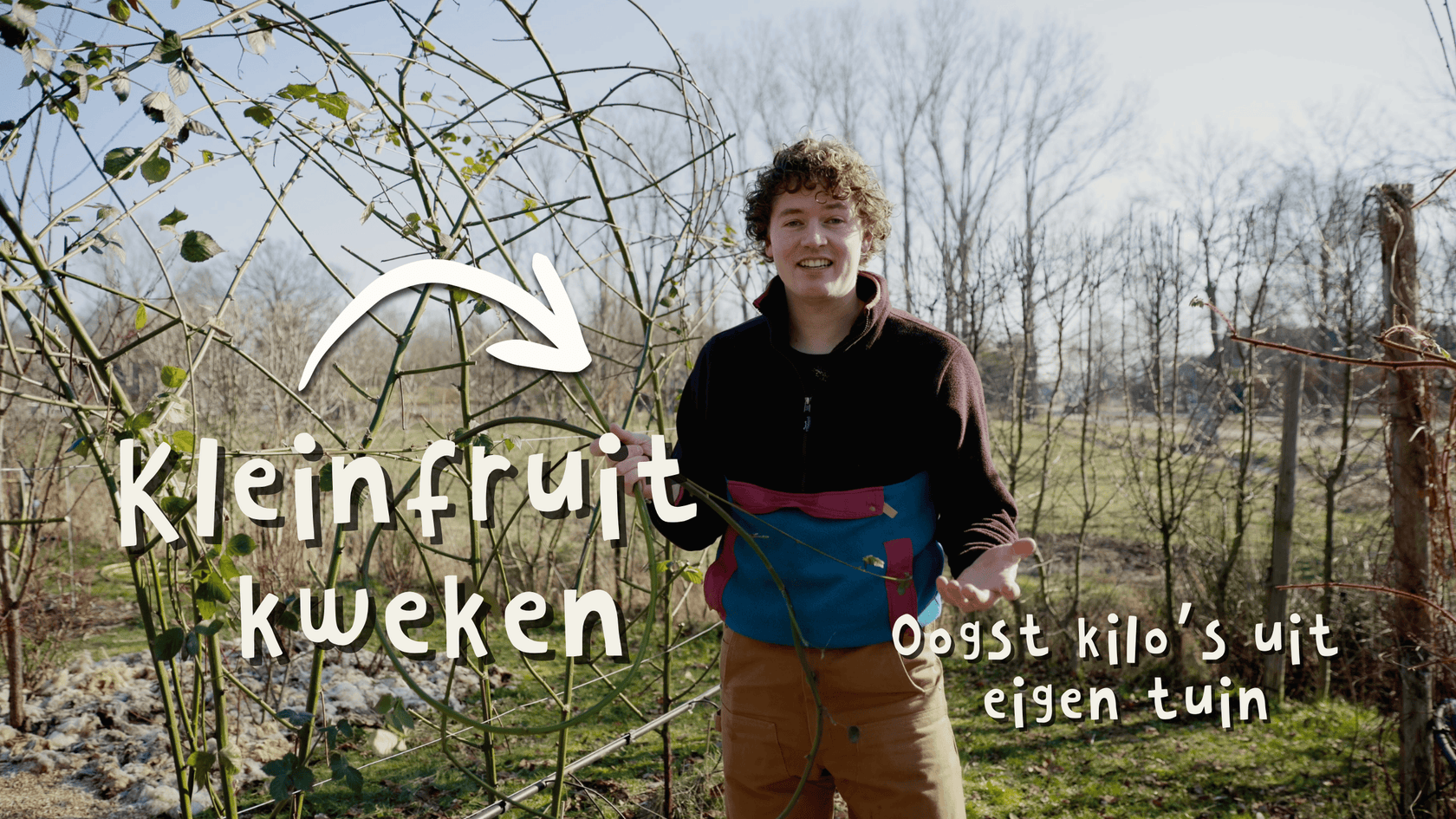General information
Merlot is a classic blue grape variety originating in Bordeaux, where it has been cultivated since the 15th century. Its name refers to the blackbird, a bird said to be fond of the early-ripening grapes. Merlot likely originated from a cross with Cabernet Franc and is known for its softness, fruity character, and rounded tannins. Thanks to its early ripening, Merlot is also suitable for more northern regions with a shorter growing season. It is one of the most widely planted grape varieties worldwide.
Grape
The grape bunches are medium-sized, loose-fitting, cylindrical, and sometimes slightly shouldered. The berries are round, blackish-blue, medium-sized, and have juicy, thin-skinned flesh.
Resistance
- Peronospora (downy mildew): +
- Oidium (powdery mildew): +
- Botrytis (gray mold): +
Wine
Merlot wines are full-bodied and round with a soft tannic structure and moderate acidity. Their aromas offer notes of black cherry, currant, ripe plum, dark chocolate, and spicy notes like juniper or clove. Merlot is often used in blends but can also produce powerful, ripe wines with a ruby red color on its own.
Cultivation advice
Merlot grows moderately to vigorously and requires deep, well-draining soil. The grape is sensitive to May frosts due to its early budding and is moderately winter-hardy. In warm, sheltered locations, Merlot can achieve high yields and ripeness, with increased alcohol and decreasing acidity towards harvest. The plant requires careful monitoring of ripeness and water balance.
Preparing the vine
Growth is manageable to vigorous. Merlot adapts well to wire structures and responds well to pruning.
Ground preparation
- On calcareous soil: improve with lava grit
- On sandy soil: improve with bentonite and lava flour
Planting out
Soak your vine in a bucket of water for 24 hours. This allows it to soak up some water before planting.
Plant between May 1st and 15th. Use a soil auger or spade to dig a planting hole 10 cm in diameter and 30 cm deep. Insert the graft just above the ground, so that the vine protrudes 5 to 10 cm above the ground.
Planting distance
- In line: 1 meter
- Between rows: 1.5 to 1.8 meters






